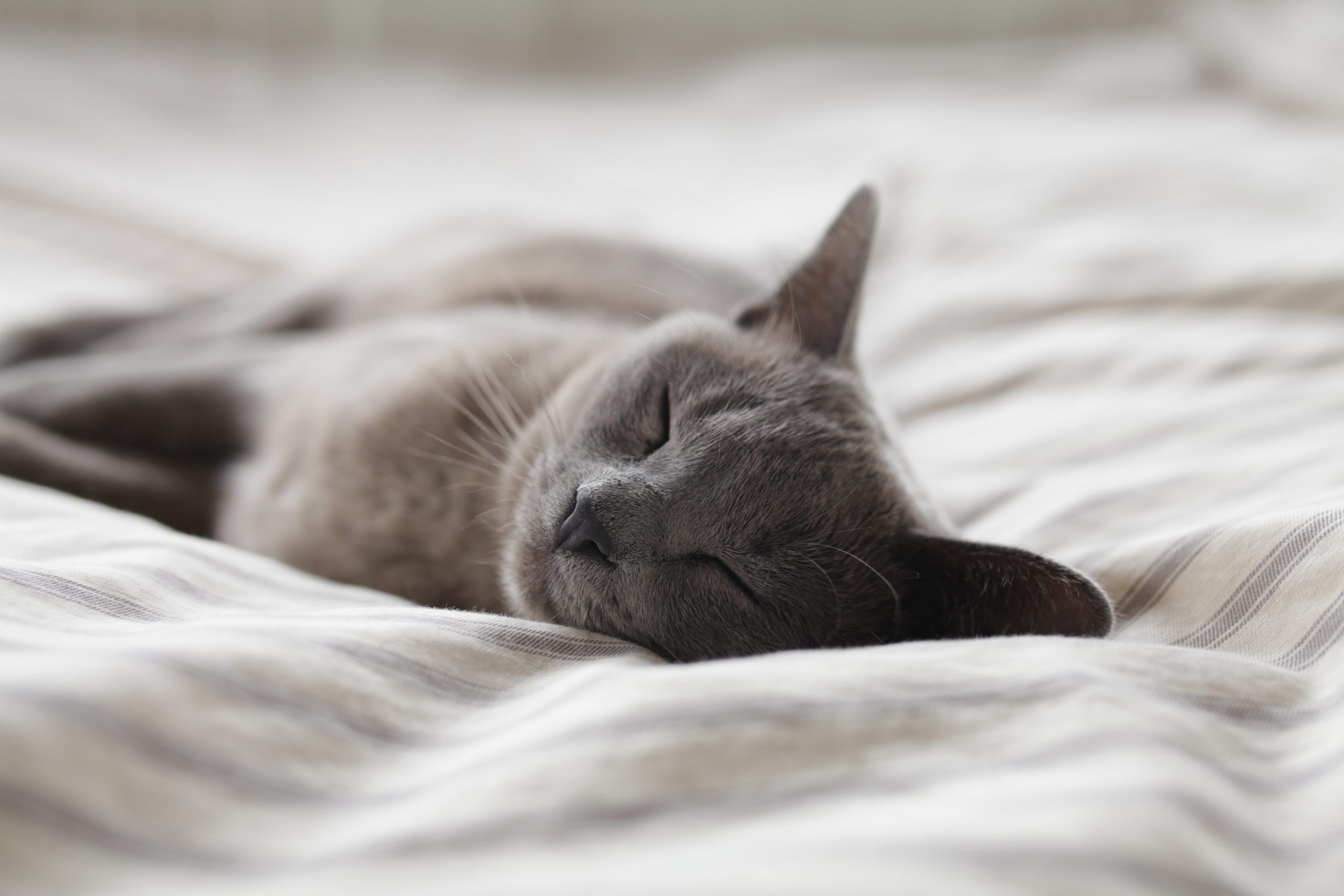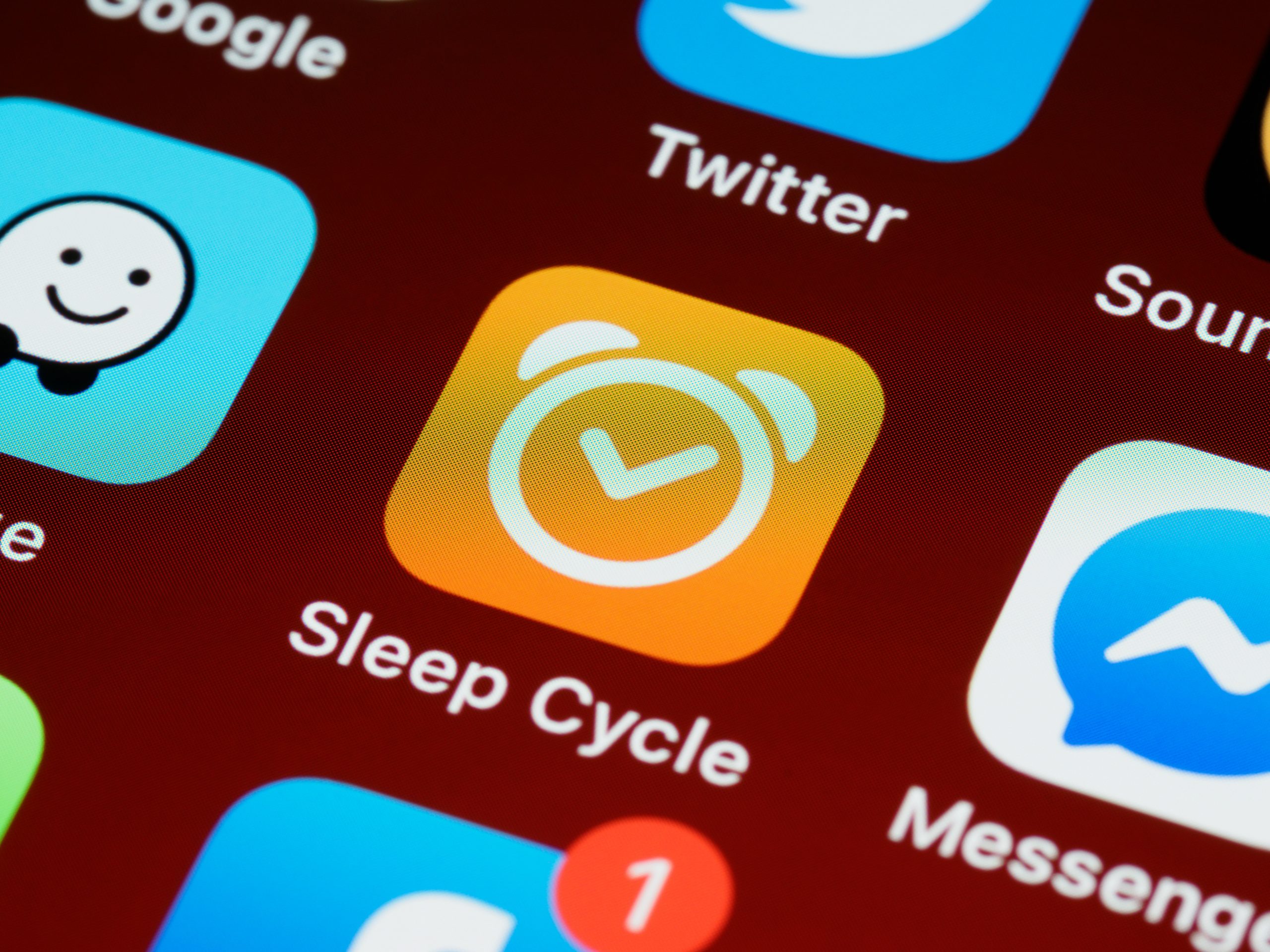Sleep basics, sleep data tracking, and comfort are covered in this blog part 1. Light, sound, temperature, and stress management will be covered in part 2 mid-month.
Disclaimer – The views expressed in this blog belong solely to the author and do not provide health care advice. Always seek the advice of your physician or other qualified health provider with any questions you may have regarding a medical condition. The author is not affiliated in any way with the companies and devices mentioned in this blog.
- Sleep basics
Measuring sleep quality, and managing comfort, light, sound, temperature, and stress are essential basics in improving sleep. In each of the areas I will address any new technologies that can help with management, however, sometimes the advice passed down over generations is still the best.
The goal with technology enabled sleep devices is to find those that improve the quality and quantity of sleep at the lowest cost and least effort or provide a “hack” to get improvement quicker. In this blog I will review which ones may be better for chronic pain based on the science behind them and any alignment to medical studies on chronic pain and/or fibromyalgia. This blog is not meant to provide any medical advice and always check with your physician regarding your wellness plan. Let’s unpack the devices by category.
- Sleep data tracking
To understand how you are doing with your quality and quantity of sleep, it is helpful to use a sleep data tracking device. The best way to get a true measurement of your sleep is by monitoring your physiological data such as brain waves, heart rate, respiratory rate- throughout the night. The dreem 2 device uses electroencephalogram (EEG) sensors and has been reported by some in product reviews to be one of the most accurate devices in measuring sleep outside of the laboratory. This makes sense as monitoring brain waves directly with EEG sensors should provide the best data.
There are also several wearables available on the market such as sport watches (ie., Fitbit), and the Oura ring. Although these devices don’t contain EEG sensors, they can fairly accurately determine the total time of sleep but they may not necessarily measure the deep sleep accurately. The Oura ring seems to provide better deep sleep timing compared to the Fitbit based on other product reviews comparing it to the dreem2. This may be due to different 3D accelerometer types, better sensitivity due to location on the finger compared to the wrist, or the algorithm used to determine the sleep stage from movement and heart rate. For chronic pain and Fibromyalgia it is helpful to have an accurate baseline for measuring “deep sleep” when the body is restoring itself.
Some of the information provided by the Oura ring app on sleep is shown below in Figure 1 and it also provides the sleep stages through the night as shown in Figure 2. Note that Figure 2 was from a different night’s sleep than Figure 1. From Figure 2 it was obvious that more time in deep sleep was spent earlier in the night. The low time in deep sleep in Figure 1 was also a time when I went to sleep later. By simply adjusting to an earlier bedtime, I was able to improve the time in deep sleep.
Figure 1 Sleep Contributors (from Oura ring app)
Figure 2 Sleep Stages (from Oura ring app)
There are also sleep mats on the market that lay on the bed that measure sleep quality data. If cost is an issue, there are also sleep cycle apps that help measure sleep by sound and movement using the microphone and accelerometer in the phone. Generally these devices are not as accurate, but may provide trend information in the amount of sleep and timing that could be useful in improving sleep.
- Comfort
Pain management and bed comfort are two areas of focus to ensure a comfortable environment for going to sleep.
Please consult with your physician on medication or supplements that may be helpful before bed time. It is important to lower the pain level before bedtime to help with sleep. Over the counter supplements that include melatonin, valerian, and magnesium may also be helpful. Melatonin and magnesium have been a long time staple in my sleep routine.
There are several approaches used for managing bed comfort. There are beds that allow you to adjust the softness by regulating air pressure (e.g., sleep number bed), and beds with memory foam which reduces hard points by molding to the body (e.g., Tempur-pedic). Some beds have pillow tops added to the mattress and there are also separate pillow toppers that can be applied on top of the mattress. I have used both the sleep number bed and a good mattress with pillow top and find that both work well as long as it isn’t too hard.
There are several new products on the market that use water to cool or heat the bed to your ideal temperature. Some of these devices also add other technology such as sleep data monitoring, smart temperature control, etc. (e.g., 8sleep, chiliPad, Oilersleep, Bed Jet 3)
There are also pillows that either regulate temperature with water or gel (e.g., Pure cool gel pillow, TEMPUR-Cloud Breeze Dual Cooling Pillow, Moona pillow cooling pad) In the end, a traditional down filled pillow that is flipped over to the cool side if needed during sleep may be good enough.
There are several adjustable pillows on the market that use air to change the shape and support; some of these are smart pillows that adjust the pillow based on snoring sounds (e.g., Rollopillo, Smart Nora, Motion Pillow).
In general one of these pillows, and/or a mattress topper may solve your problems in a less expensive way than the more sophisticated beds. Although the technology looks very cool “pun intended”! I am currently using a medium soft bed with pillow top, down pillow, and regulate temperature in the room and this works well for me.
Weighted blankets may be helpful as they provide deep pressure touch. The idea behind deep-pressure touch is that it stimulates the release of serotonin and dopamine, two neurotransmitters that tend to make people feel more relaxed. I tried my daughter’s weighted blanket the other night and found that I did sleep very well. I think that it may be too much pressure for some people, especially if you are very pain sensitive to touch.
I will post mid-month part 2 of this blog on light, sound, temperature, and stress management devices. Please bookmark this blog and let me know what you think in the comments below!



